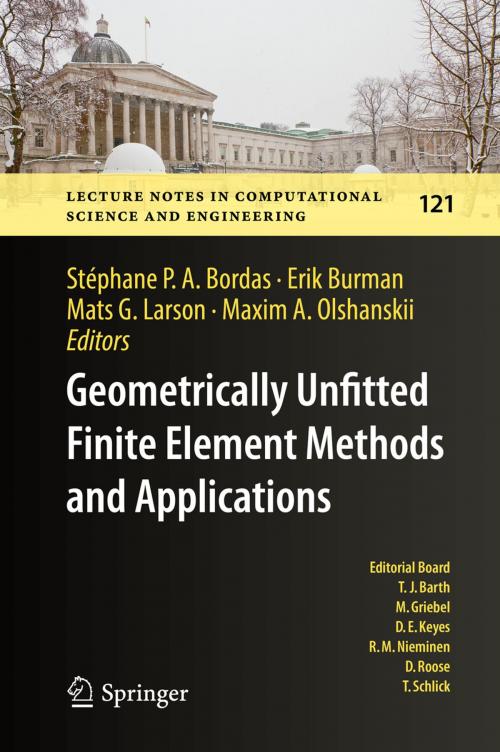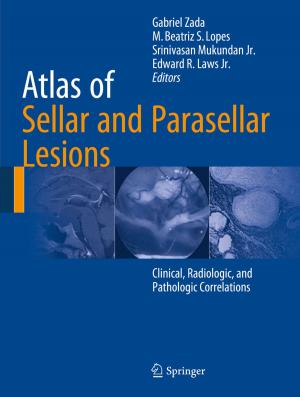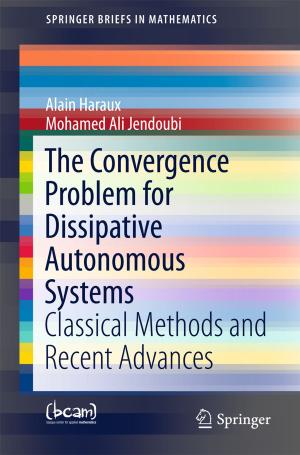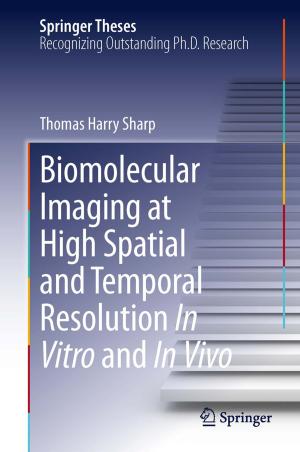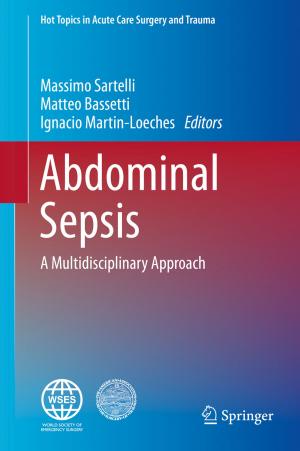Geometrically Unfitted Finite Element Methods and Applications
Proceedings of the UCL Workshop 2016
Nonfiction, Science & Nature, Mathematics, Counting & Numeration, Computers, Database Management, Data Processing| Author: | ISBN: | 9783319714318 | |
| Publisher: | Springer International Publishing | Publication: | March 13, 2018 |
| Imprint: | Springer | Language: | English |
| Author: | |
| ISBN: | 9783319714318 |
| Publisher: | Springer International Publishing |
| Publication: | March 13, 2018 |
| Imprint: | Springer |
| Language: | English |
This book provides a snapshot of the state of the art of the rapidly evolving field of integration of geometric data in finite element computations.
The contributions to this volume, based on research presented at the UCL workshop on the topic in January 2016, include three review papers on core topics such as fictitious domain methods for elasticity, trace finite element methods for partial differential equations defined on surfaces, and Nitsche’s method for contact problems. Five chapters present original research articles on related theoretical topics, including Lagrange multiplier methods, interface problems, bulk-surface coupling, and approximation of partial differential equations on moving domains. Finally, two chapters discuss advanced applications such as crack propagation or flow in fractured poroelastic media.
This is the first volume that provides a comprehensive overview of the field of unfitted finite element methods, including recent techniques such as cutFEM, traceFEM, ghost penalty, and augmented Lagrangian techniques. It is aimed at researchers in applied mathematics, scientific computing or computational engineering.
This book provides a snapshot of the state of the art of the rapidly evolving field of integration of geometric data in finite element computations.
The contributions to this volume, based on research presented at the UCL workshop on the topic in January 2016, include three review papers on core topics such as fictitious domain methods for elasticity, trace finite element methods for partial differential equations defined on surfaces, and Nitsche’s method for contact problems. Five chapters present original research articles on related theoretical topics, including Lagrange multiplier methods, interface problems, bulk-surface coupling, and approximation of partial differential equations on moving domains. Finally, two chapters discuss advanced applications such as crack propagation or flow in fractured poroelastic media.
This is the first volume that provides a comprehensive overview of the field of unfitted finite element methods, including recent techniques such as cutFEM, traceFEM, ghost penalty, and augmented Lagrangian techniques. It is aimed at researchers in applied mathematics, scientific computing or computational engineering.
